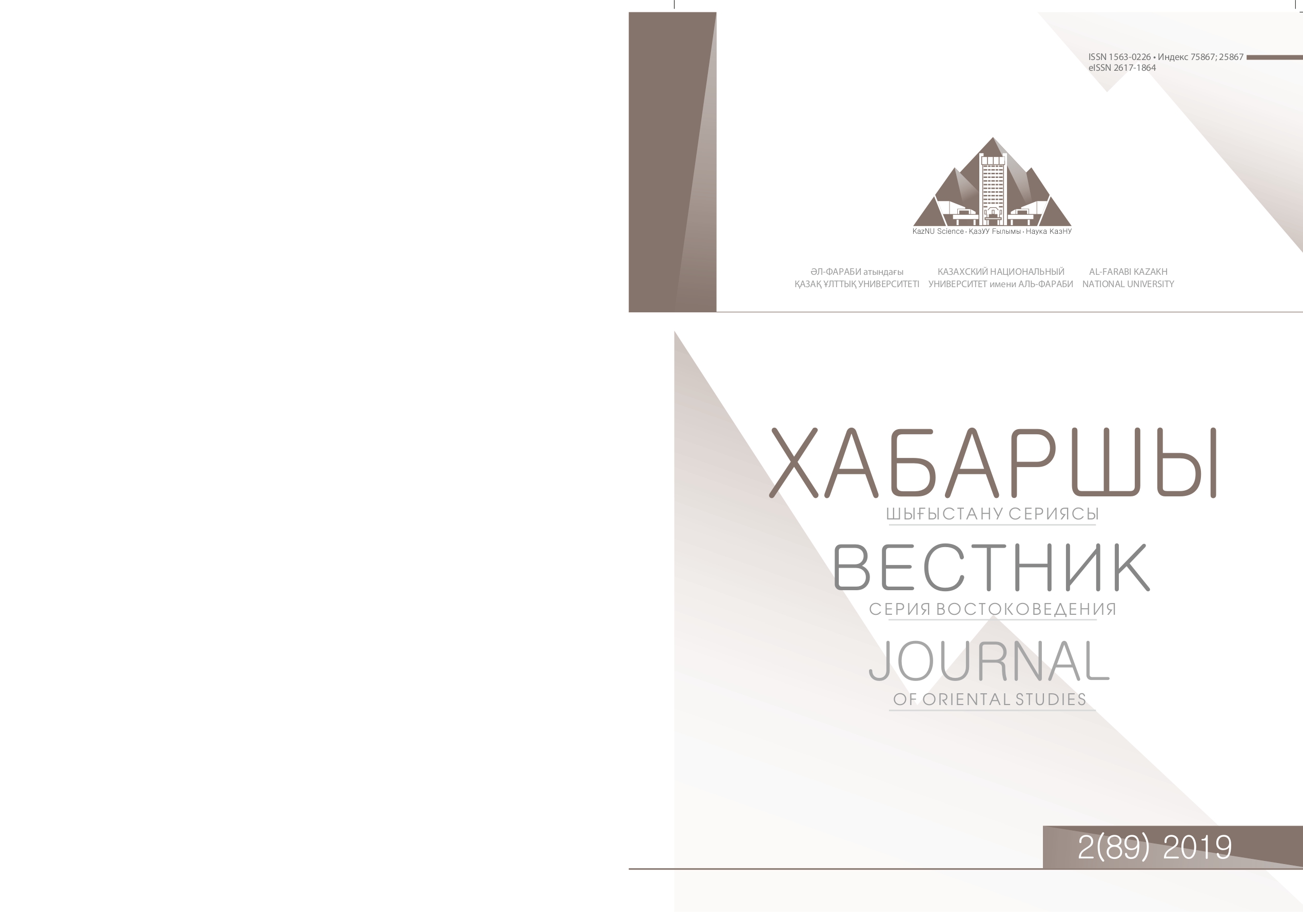Significance of the creed of the Maturidi school in the works of abay Kunanbayev and Shakarim Kudayberdiev
DOI:
https://doi.org/10.26577/jos.v89i2.1395Abstract
Assertions in the traditional religious knowledge of the Kazakh people are based on the Koran and the Hadith, which are considered the basis of Islam. It is known that every nation has its own intellectual elite. It is common for a real elite to study the problems of their society in accordance with the requirements of their time, to seek solutions, to promote and preserve the spiritual and cultural heritage of the country and pass it on to the younger generation. Therefore, we perceive the spiritual and cultural realities of each country based on the works of the intelligentsia. Thus, in the works of great poets and thinkers, such as Abai and Shakarim, who analyzed theological and religiouslegal problems in their works, it is clear that the beliefs and traditions of the Kazakh people are closely associated with Islam. At present, various religious groups and individuals have emerged that deny the traditional religious system of the Kazakh people, which has its spiritual values, traditional religion and mentality. This trend leads to the spiritual degradation of the country. The purpose of the article is to substantiate our national religious code, the religious outlook of the Kazakh people based on the ideas contained in the works of Abay and Shakarim, based on the idea of the interconnection of religions and traditions. Key words: The texts of Quran, Imam Maturidi, theology, faith, religious cognition.




